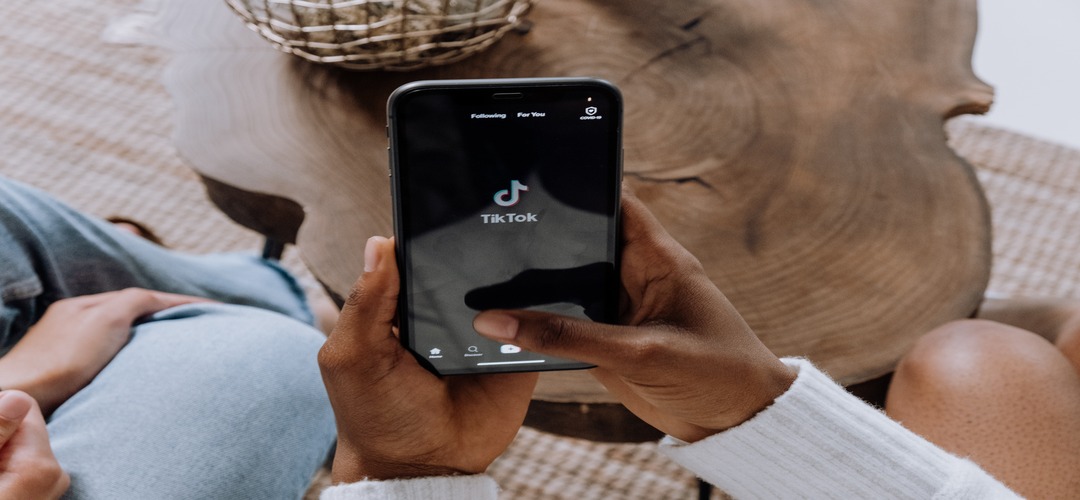It’s officially Pride Month, and celebrations have begun! Around the world, people will be participating in Pride parades, festivals, and concerts, and any other art form. They’ll be displaying the Pride flag and supporting queer-owned businesses and the LGBTQ+ through media consumption. One of the more artful ways people are celebrating is through Pride Month makeup.
These artists are creating bright, colorful looks inspired by the Pride flag. You can find their work all over social media. The beauty and skill behind these looks are astounding. Make no mistake: makeup is an art form. And the makeup we are seeing and have yet to see during Pride Month will prove this fact.
Pride Month makeup looks created by empowered artists
Makeup can be a conduit for expression, empowerment, and independence across many identities. This must be why makeup has become such a popular way to celebrate Pride.
Is makeup oppressive or empowering?
Makeup art, particularly Pride Month makeup, seems to be an agentic expression of identity. So why do some argue that makeup is oppressive?
Sarah Tinsley’s article on HuffPost summarizes why some people think that wearing makeup supports the patriarchy. Tinsley writes:
Make up only enhances one aspect of you. Your physical appearance. Which does nothing more than accentuate the level to which you are judged by it. Contouring does not enhance your intellect, a nice shade of eyeshadow does not highlight your practical or social skills. All it does is enhance the physical you. A tiny element of who you are as a person.
Sarah Tinsley
Tinsley, along with others, believes that wearing makeup emphasizes that one’s appearance is inherent to identity. In other words, people believe makeup only further objectifies those who wear it. I would disagree.
Makeup, Pride Month or otherwise, as an agentic art form
Tinsley was mistaken when she said that makeup cannot “highlight” one’s skills. There are plenty of people who successfully profit from their makeup artistry.
Regardless, these Pride makeup artists clearly have a light hand and creative eye. Learning how to do basic makeup, let alone these intricate Pride looks, is extremely difficult.
It took me years to perfect a simple winged eyeliner and figure out I was over-filling my brows. Makeup is an art that takes skill. Implying that makeup-wearers are falling victim to a patriarchal scheme diminishes the work these artists are doing.
Tinsley says that makeup does nothing more than “enhance the physical you.” But as we’ve seen from these Pride makeup artists, they’re expressing their identities, supporting the LGBTQ+ community, and exhibiting artistic talent.
Their work transcends their physical appearance. Makeup can be about more than one’s physical appearance and “enhancing it.”
To say makeup is oppressive through objectification is to diminish the accomplishments and talent of makeup artists. It can be an empowering art form. It is insulting to imply that someone is too ignorant to understand that their talent is oppressive or owned by the patriarchy. Even if wearing makeup has historically been a societally imposed standard for women, why can’t makeup be reclaimed?
Reclaiming makeup
In her article, Tinsley acknowledges that the oppressed can reclaim language or practices. She believes “reclaiming sexist, homophobic and racist language” and repurposing it “to spread a message is very powerful”; “It takes the words and images” that are oppressive “and marks them out as your own.” However, she’s “not sure the same can be said for wearing eyeliner.”
Why not? Clearly, these Pride makeup artists are spreading a powerful message of self-acceptance with their art form. Women and the LGBTQ+ community seem to have reclaimed sexist and homophobic societal expectations regarding makeup.
And, even if someone only wears makeup because they feel it makes them more attractive, why try to make them feel guilty because they are participating in something “oppressive.”
Even if you feel wearing makeup solely for physical appearance supports the patriarchy, it’s counterproductive to attack the oppressed. You are indirectly critiquing them for their autonomous decisions.
In “Makeup Is a Form of Empowerment,” Keah Brown shares her experience with makeup. Her story is a testament to how creating makeup looks can be an agentic accomplishment. She writes,
Makeup has become a tool of expression and a piece of independence I always longed for. As a disabled, Black, and queer woman, the freedom that comes with being able to show my family and friends the thing I did on my own is unmatched.
Keah Brown
Makeup eliciting empowerment
We support these LGBTQ+ creatives and their inspiring work.
Their art is paradigmatic of what Pride month is about—self-acceptance, empowerment, and celebrating LGBTQ+ culture.




